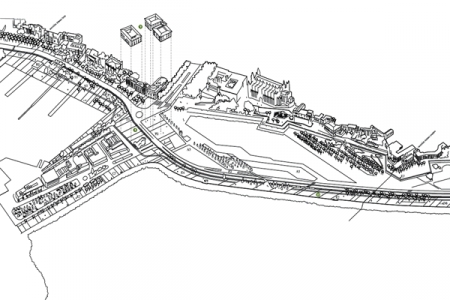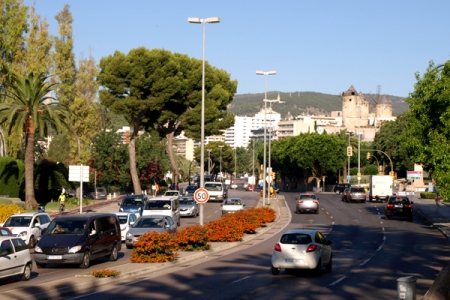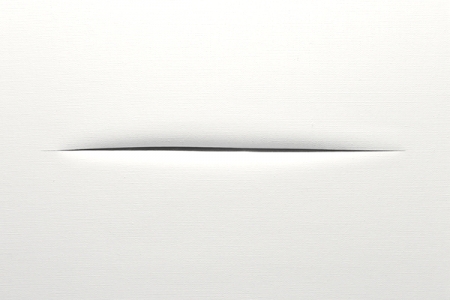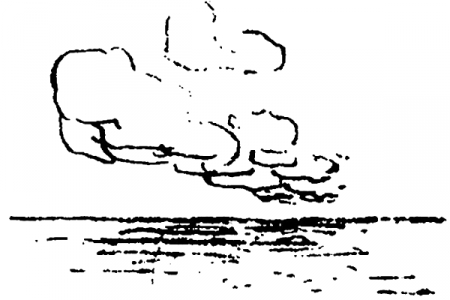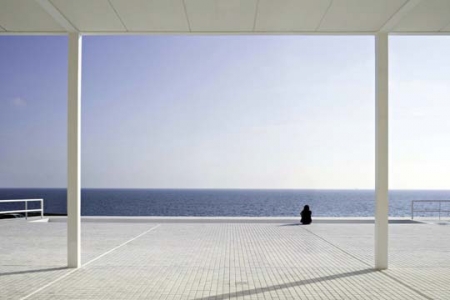Salvemos el horizonte
Palma (ES) – Winner
TEAM DATA
Team Representative: Juan Socas (ES) – architect urban planner; Associate: Murielle Clair (FR) – architect
20 place Saint Bruno, 38000 Grenoble – France
+33 6 86 65 34 91 – juansocas79@gmail.com
See the complete listing of portraits here
See the site page here

J. Socas & M. Clair
INTERVIEW
Click on the images to enlarge
1. How did you form the team for the competition?
Leman Lake, near Lausanne, winter 2015. Looking at the horizon, the Alps covered in snow reflected on the lake, we dream of one day doing a project on a distant sunny island. This moment triggered a search for projects that led us to discover the site of Palma de Mallorca offered by Europan 13. We had to give it a try.
Juan Socas is an architect who graduated from ETSA Sevilla, associated professor at Ecole Nationale d’Architecture de Lyon (ENSAL). He won first place on international prizes: Parc Metropolitain de Palmones in Algeciras y Los Barrios, Revitalización de los Barrios Alto y Bajo de Sanlúcar de Barrameda, and San Pedro de Alcántara’s new halls, honorable distinction at Parnu (EE) for Europan 7 and runner-up at Mannheim (DE) for Europan 12. He now works with Murielle Clair, an architect graduated from ENSA Grenoble, with whom he won the competition for the extension of Fondation La Rozavère, in Lausanne, currently under construction.
2. How do you define the main issue of your project, and how did you answer on this session main topic: Adaptability through Self-Organization, Sharing and/or Project (Process)?
Logically, we like the horizon, the sea, the town, its inhabitants and activities. The cycling rides along the coast, the boats and their colours, the tramway and the people walking. The sun, coffee and parks. We do not like: the incessant traffic and its noise, the pollution. Useless roundabouts, unnecessary industrial shelters, parking areas, big buildings on the sea front.
Palma de Mallorca is distant from the coast, the activities from the harbour and urban whilst guided by its dynamism have slowly masked the horizon. How to transform those physical barriers into new connections?
We have imagined a conceptual matrix in the form of programmatic bands capable of organizing spaces and adapting itself to particularities and changes in needs of citizens as well as the evolution of site in the future.
3. How did this issue and the questions raised by the site mutation meet?
This matrix deals with different issues and implies a series of mutations that generate different public spaces without the addition of new-builds, allowing the resolution of problems of connection, changes in altitude, densification of green spaces, compatibility of uses, integration of urban furniture, insertion of equipment as well as incoherence of traffic.
4. Have you treated this issue previously? What were the reference projects that inspired yours?
For us, each site presents its specificities and it is with a new look that we try to apprehend each new project. Here in Palma de Mallorca, the driving force is perhaps the need to valorise the horizon.
In the area between Grenoble and Geneva where we work, the view of the big landscape –mountains and lakes– is omnipresent when travelling through the city. It is this admiration for the big landscape that we wanted to highlight in Palma by working this time with the sea front.
The Ordenación de la Ensenada del Orzán in La Coruña, the ordenación del Guadalmedina in Málaga, the Ordenación del frente marítimo in Figueira da Foz, the Parque metropolitano de Palmones in Cadix or the Llano Amarillo in Algeciras are all projects in which we have already performed reflections on similar problematic.
5. Today –at the era of economic crisis and sustainability– the urban-architectural project should reconsider its production method in time; how did you integrate this issue in your project?
The project “Salvemos el horizonte” therefore offers a vast adaptable natural space open to the sea front. In a society in transformation we wanted to trace the design of the sea front of Palma. Furthermore, our project constitutes an evolving tool of urban project that can interact with citizens, events and political wills.
6. Is it the first time you have been awarded a prize at Europan? How could this help you in your professional career?
Two of Juan Socas’s projects won an honourable distinction in Parnu (EE) for Europan 7 and runner-up at Mannheim (DE) for Europan 12.
Beyond the international recognition of the Europan competition, throughout its publications and meetings, we hope that this project crystallizes on one the strategic sites of the maritime front, a punctual project that can trigger a dynamics of urban projects stretched over the entire length of the town of Palma de Mallorca.

